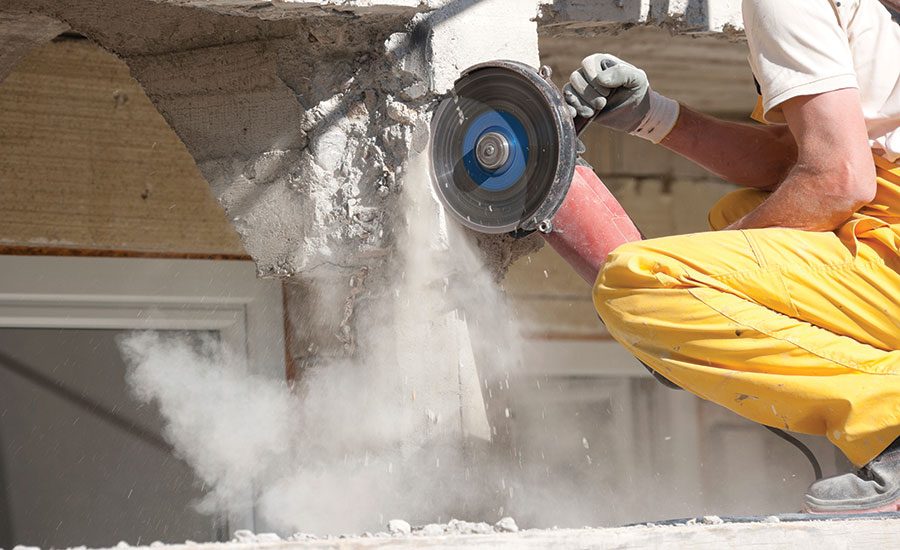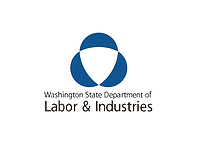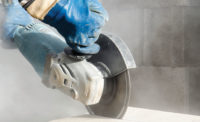The purpose of the Occupational Safety and Health Act (OSHA) is ‘to assure so far as possible every working man and woman in the Nation safe and healthful working conditions and to preserve our human resources.’ However, in granting the U.S. Secretary of Labor the authority to “assure” such measures, members of congress did not intend for undue strains and unnecessary hardships to be mandated on interstate commerce and those industries that comprise it.
In March, OSHA did just that when it finalized its Occupational Exposure to Respirable Crystalline Silica rule (“the rule”).
The rule establishes many new requirements, but the one most likely to stifle productivity within the construction industry — specifically the roofing industry — concerns a stricter permissible exposure limit (PEL) for respirable crystalline silica. Many in the industry, including Associated Builders and Contractors Inc. (ABC) and the National Roofing Contractors Association (NRCA) fiercely believe that the new PEL of 50 micrograms per cubic meter of air (50 μg/m3), as an 8-hour time-weighted average, is infeasible to reach.
Opponents of the rule’s enactment were, and still are resisting, with merit — for the new PEL is “[five] times lower than the previous limit for construction.” Those in opposition feel this level is unattainable because they believe existing technology is not advanced enough to accurately measure or protect against such a low PEL. ABC explained in an interview, pre-finalization of the rule, that “Commercially available dust collection technology is incapable by itself of reaching the proposed exposure limit. . . . OSHA even seems to acknowledge as much, including additional requirements that workers also wear respirators.”
What ABC’s director of legislative affairs is referring to is just another of the myriad of requirements added by the new rule. Besides the seemingly impossible-to-reach PEL, OSHA also included provisions forcing employers to change their “methods for controlling exposure, respiratory protection, medical surveillance, hazard communication, and recordkeeping.” In short, the rule:
“Requires employers to: use engineering controls (such as water or ventilation) to limit worker exposure to the PEL; provide respirators when engineering controls cannot adequately limit exposure; limit worker access to high exposure areas; develop a written exposure plan, offer medical exams, . . . and train workers on silica risks and how to limit exposures.”
While one of the biggest concerns of any construction project is always the safety of its crew, during official hearings in Washington, D.C., NRCA officials testified about those in the industry who, “Fear the new rule will dramatically increase the risk of falls.”
While some of the rule’s new engineering controls, such as wetting or vacuuming, may make sense for some types of work, lengthy hoses and non-stop-running water are among the two most dangerous things that could possibly be added to an already inherently dangerous profession. Of course OSHA’s intent was never to endanger roofers; however, mandating that roofers either lug around heavy vacuum hoses or be forced to balance on steep (and now slippery) tile roofs (also with burdensome hoses) clearly does just that — endangers roofers. Even more outlandish, when vacuuming and/or wetting ultimately fails to reach the new PEL limit, roofers will now be forced to wear respirators, limiting their ability to safely maneuver around these new trip and slip hazards by diminishing visibility.
The dangers posed by OSHA’s new rule — both life and limb, as well as economic — forced eight construction industry organizations to file a legal challenge just days after the rule was finalized. Their major attacks are based on the rule’s “technological and economic feasibility.” In addition, the group bringing suit claims that OSHA relied on “flawed science, flawed economic data[,] and flawed logic.” For instance, OSHA asserts that the enactment of this rule will prevent an estimated 642 fatalities a year. However, a study produced by the Centers for Disease Control and Prevention showed an incredibly steep decline in the number of deaths caused by silicosis. It’s estimated that back in 2004, deaths had actually declined by 93 percent, from 1,065 (annually) in 1968 down to just 165 in 2004. A NIOSH study in 2015 has the rate down to “about 100 people per year.” Statistics like these clearly illustrate the industry’s own ability to ensure the safety of its workers in economically- and physically-possible manners.
Furthermore, while OSHA estimates the rule will cost the construction industry about $659 million per year, a March 2015 economic analysis conducted by Bethesda, Maryland-based Environomics Inc. showed it will cost the industry nearly $4.9 billion per year. About $3.9 billion is attributable to direct compliance expenditures such as additional equipment, monitoring and respirators, and more than $1 billion is in indirect costs such as higher prices for construction materials and building products.
With decade-low death toll rates and the inevitable harm and hardship this rule will have on roofers and the construction industry alike, it’s a wonder why OSHA would even pursue such a low-benefit, high-cost regulation. Although the rule was just finalized in March, it’s actually been in the making since 2003. Perhaps what took the agency 13 years to figure out was how to rationalize an increase in “safety” measures for an “issue” that back in 2004 was revealed to no longer really be of any real concern. The purpose of OSHA is “to assure so far as possible every working man and woman in the Nation safe and healthful working conditions and to preserve our human resources” — good luck convincing thousands of American roofers that.




Report Abusive Comment